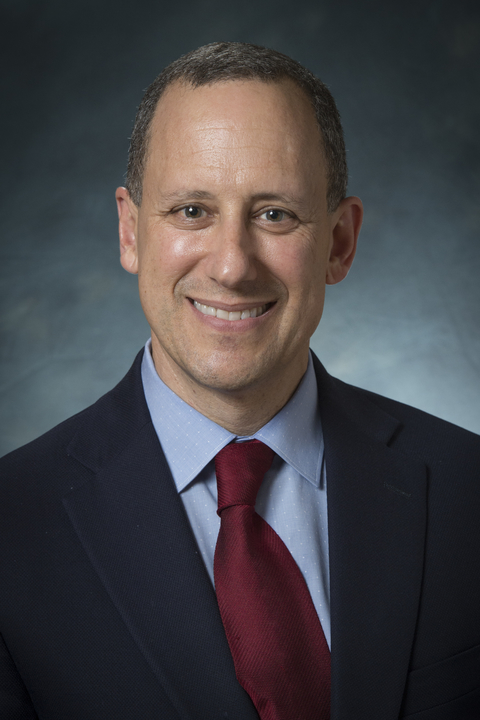Despite political uncertainty, Jerry Penso, M.D., the new president and CEO of the American Medical Group Association, says the move to value-based payment models will continue to go forward.
“There is some uncertainty in the politics and policies coming out of the administration,” Penso said in an interview Tuesday on This Week in Accountable Care. And some may have overestimated how quickly changes in healthcare could occur.

“We believe the move to value is inevitable and will continue,” Penso told the broadcast hosts, National ACO co-founders Andre Berger, M.D., and Alex Foxman, M.D. He’s also encouraged by the fact that one of new Health and Human Services Secretary Alex Azar’s four pillars to achieve a higher performing healthcare system is value-based payment models.
Penso, who practiced as a family doctor for 20 years, was appointed president and CEO of AMGA, a trade association dedicated to transforming healthcare, five months ago after serving as its chief medical and quality officer and president of the AMGA Foundation.
AMGA represents medical groups and other organized systems of care, including some of the country’s largest, most influential integrated healthcare delivery systems. Its members include organizations such as The Cleveland Clinic, The Mayo Clinic, Kaiser Permanente and Intermountain Healthcare, but also many smaller, independent groups.
Penso said he hopes his role will allow him to improve care for millions of patients. He wants to promote coordinated care—a need he saw firsthand when his father suffered a stroke while on vacation. Away from his familiar hospital and doctors, Penso said he flew across the country to help coordinate his father’s care. “I played that connector,” he said, between the new and old doctors.
But many Americans must work with a fragmented healthcare community, he said.
What does he see ahead? “I think we will end up with a pluralistic delivery system,” Penso said, with many different types of healthcare organizations. Smaller organizations may form virtual alliances to allow them to connect with other organizations. They may remain independent but have the advantages of a coordinated care system, he said.
Different paces for organizations
However, healthcare organizations are at different levels of readiness when it comes to moving to new payment systems, he said. As healthcare providers continue to build alternative payment models and transition to value-based care, government and commercial payers are more often requiring providers to assume greater levels of risk.
A survey of AMGA members found 60% are ready for two-sided risk, an arrangement that calls for providers to share both savings and losses with payers. Risk-based contracts offer stronger incentives to manage costs and the opportunity for higher payments.
Meanwhile, its apparent that different organizations are at varying levels of readiness to move toward more risk. In a Feb. 22 letter to Seema Verma, administrator for the Centers for Medicare & Medicaid Services, a number of groups urged her to slow down the move to two-sided risk for accountable care organizations.
The letter asked that CMS allow certain ACOs to continue in the Medicare Shared Savings Program (MSSP) Track 1 for a third agreement period before having to move to a two-sided risk model. The letter was signed by the National Association of ACOs, the American Medical Association, the Medical Group Management Association, the American College of Physicians, the Premier healthcare alliance and the Association of American Medical Colleges.
The groups said that MSSP Track 1 remains by far the most popular option for ACOs, representing 82% of MSSP ACOs in 2018. However, ACOs may only remain in Track 1 for two agreement periods before CMS requires them to move to a two-sided risk model or drop out of the program. “Many ACOs remain in Track 1 because they are unprepared to assume risk requiring them to potentially pay millions of dollars to Medicare, which is simply not practical or feasible for most of these organizations,” the groups told CMS.
Providers in rural areas and safety-net providers, which care for some of the most vulnerable patient populations, often face even greater challenges than other providers when considering taking on risk, the groups said.
But many physician-led ACOs show promising results and in various studies outperform ACOs led by hospitals and other large medical organizations. They also can provide a way for practices to handle increasing government regulation and can help with the administrative burden that comes with quality data reporting under the Medicare Access and CHIP Reauthorization Act. There’s also strength in numbers in pooling resources to pay for technology, such as electronic health records.
Penso said he hopes medical groups will learn from the AMGA and other organizations as they move to new payment models. The AMGA has created benchmarking tools and case studies and will hold a conference in November dedicated to risk, he said.